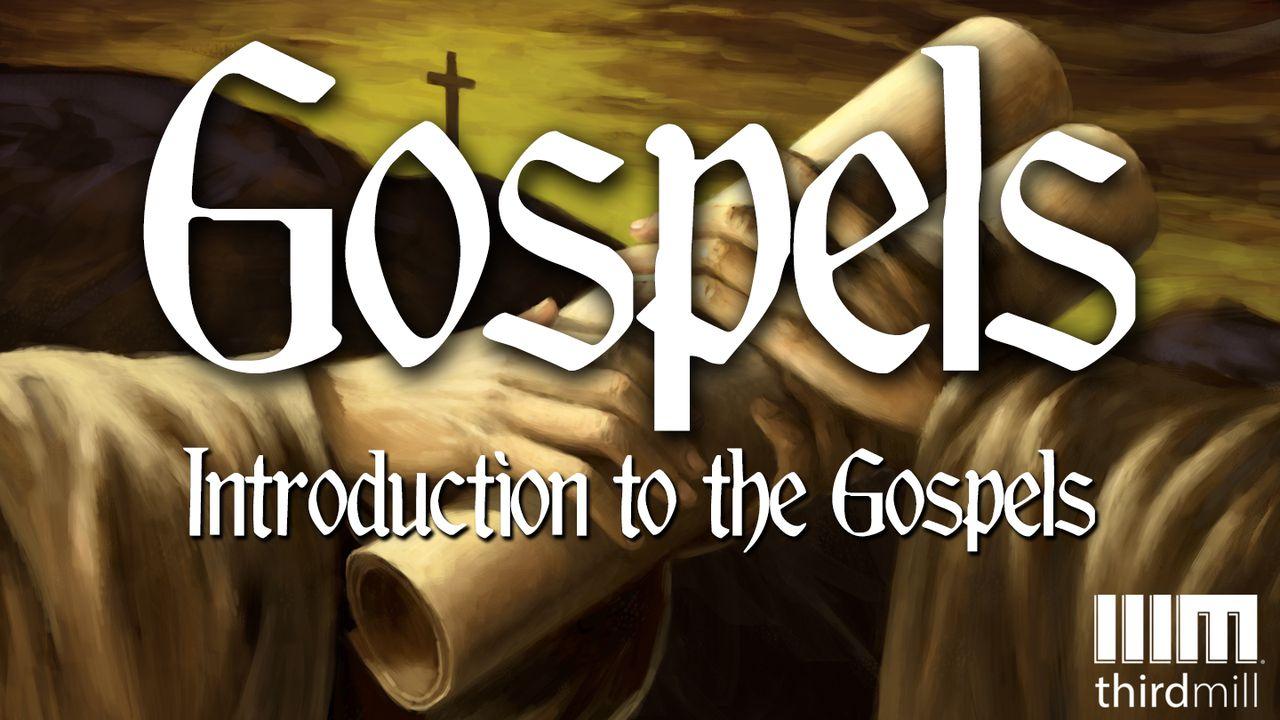Introduction To The GospelsSample

Differences Between the Gospels
Some of the most common differences relate to chronology, the order in which events are described in the various gospels.
As biographical narratives, each of the Gospels follows the same basic timeline. Each begins with Jesus’ birth, then moves to His death, and finally to His resurrection. But they often list other events in Jesus’ life in different orders. The reason is that the Gospels sometimes group events according to priorities that were quite acceptable in the first century but might not meet our modern expectations. Rather than following strictly chronological priorities, the Gospels sometimes order their episodes according to theme or geography. For example, Mark told the story of Jesus being rejected in His hometown in Mark 6:1-6. But Luke placed it sooner in the narrative, in Luke 4:14-30, so that it was the first story in Jesus’ public ministry. Luke’s gospel gives the story more prominence than Mark’s does. And it even tells a longer version of the story to emphasize the theme of rejection.
The gospel writers were far less interested in preserving a precise chronological itinerary for Jesus’ ministry than they were with clearly communicating the coming of the kingdom in His teachings and actions.
A second type of difference is the omission of material in one or more of the gospels. For example, John does not mention the institution of the Lord’s Supper in his gospel. Omissions like this can be explained in a number of ways. They may result simply from different writers’ emphases. Or they may also result from later gospel writers not feeling the need to repeat portions of what appeared in the books of earlier gospel writers. Whatever the case, omissions do not imply disagreements or contradictions between the gospel writers.
Think about a conversation you’ve had that involved multiple people. Each person who speaks does not feel the need to repeat everything the others have said already. Instead, each person focuses on adding his own particular perspective, perhaps with some new details, and maybe with a different emphasis.
Scripture does this explicitly from time to time. For instance, in 2 Chronicles 9:29, the Chronicler explicitly said that he was omitting details that had already been recorded by other writers. This also happens at least three other times in 2 Chronicles, and often in the books of 1 and 2 Kings. So, it should not be surprising to find that one gospel writer omitted important materials that had already been mentioned by another.
A third common type of apparent difficulty results from similarities between different events that occurred in Jesus’ ministry. That is to say, at times two gospels seem to describe the same event in different ways, but they may actually be describing two similar but different events.
It’s important to remember that Jesus was an itinerate preacher. That is, He moved around from place to place. He also performed many of the same types of miracles in different places, healing many who were blind or lame. And of course, Jesus answered many of the same questions and challenges over and over again.
In addition to this, people responded to Jesus in similar ways on different occasions. Consider the accounts of Jesus being anointed in Luke 7:36-50 and Mark 14:3-9. In Luke, Jesus is in the house of a Pharisee, but in Mark, He’s in the house of Simon the Leper. These are not two contradictory reports of the same event. Rather, they are reports of two different events.
About this Plan

This reading plan explores the literary character of the Gospels, their status in the Church, and their unity and variety.
More
We would like to thank Third Millennium Ministries for providing this plan. For more information, please visit: http://thirdmill.org
Related Plans

Powerful Self-Talk From the Psalms

Immanuel in My Story: Finding Your Part in God’s Christmas Plan.

Wake Up Your Faith

Spotting Spiritual Traps

Worth the Praise: A 3-Day YouVersion Bible Plan

And She Got Up: Healing, Hope, and Restoration After Loss

Extraordinary Christmas: 25-Day Advent Devotional

Eternal Promises of Heaven

Be Good to Your Body
